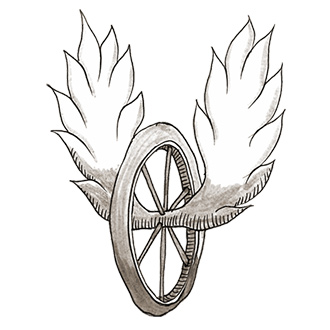
Related Questions
- Will cars ever be able to drive themselves?
- How do the blades of a jet engine start turning?
- Can robotic submarines collect specimens at any ocean depth?
- Will public transportation ever replace the automobile?
- What are the future propulsion systems for interplanetary travel?
- What is the relationship between the length of a boat and its maximum speed?
- Why don’t spacecraft burn up or veer off course during reentry from space?
- Why does traffic bottleneck on freeways for no apparent reason?
- What’s the difference between a motor and an engine?
- How can a person ride a motorcycle 100 mph but not stand up in a 100 mph wind?
Why hasn’t commercial air travel gotten any faster since the 1960s?
In an era when everything else is accelerating, airplanes are actually flying at slower speeds than they used to…
By Peter DunnSpecified cruising speeds for commercial airliners today range between about 480 and 510 knots, compared to 525 knots for the Boeing 707, a mainstay of 1960s jet travel. Why? “The main issue is fuel economy,” says aeronautics and astronautics professor Mark Drela. “Going faster eats more fuel per passenger-mile. This is especially true with the newer ‘high-bypass’ jet engines with their large-diameter front fans.”
Observant fliers can easily spot these engines, with air intakes nearly 10 feet across, especially on newer long-range two-engine jetliners. Older engines had intakes that were less than half as wide and moved less air at higher speeds; high-bypass engines achieve the same thrust with more air at lower speed by routing most of the air (up to 93 percent in the newest designs) around the engine’s turbine instead of through it. “Their efficiency peaks are at lower speeds, which causes airplane builders to favor a somewhat slower aircraft,” says Drela. “A slower airplane can also have less wing sweep, which makes it smaller, lighter and hence less expensive.” The 707’s wing sweep was 35 degrees, while the current 777’s is 31.6 degrees.
There was, of course, one big exception: the Concorde flew primarily trans-Atlantic passenger routes at just over twice the speed of sound from 1976 until 2003. Product of a treaty between the British and French governments, the Concorde served a small high-end market and was severely constrained in where it could fly. An aircraft surpassing the speed of sound generates a shock wave that produces a loud booming sound as it passes overhead; fine, perhaps, over the Atlantic Ocean, but many countries banned supersonic flights over their land. The sonic-boom problem “was pretty much a show-stopper for supersonic transports,” says Drela.
Some hope for future supersonic travel remains, at least for those able to afford private aircraft. Several companies are currently developing supersonic business jets. Their smaller size and creative new “boom-shaping” designs could reduce or eliminate the noise, and Drela notes that supersonic flight’s higher fuel burn per passenger-mile will be less of an issue for private operators than airlines. “But whether they are politically feasible is another question,” he notes.
For now, it seems, travelers will have to appreciate the virtues of high-bypass engines, and perhaps bring along a good book.
Posted: February 19, 2009